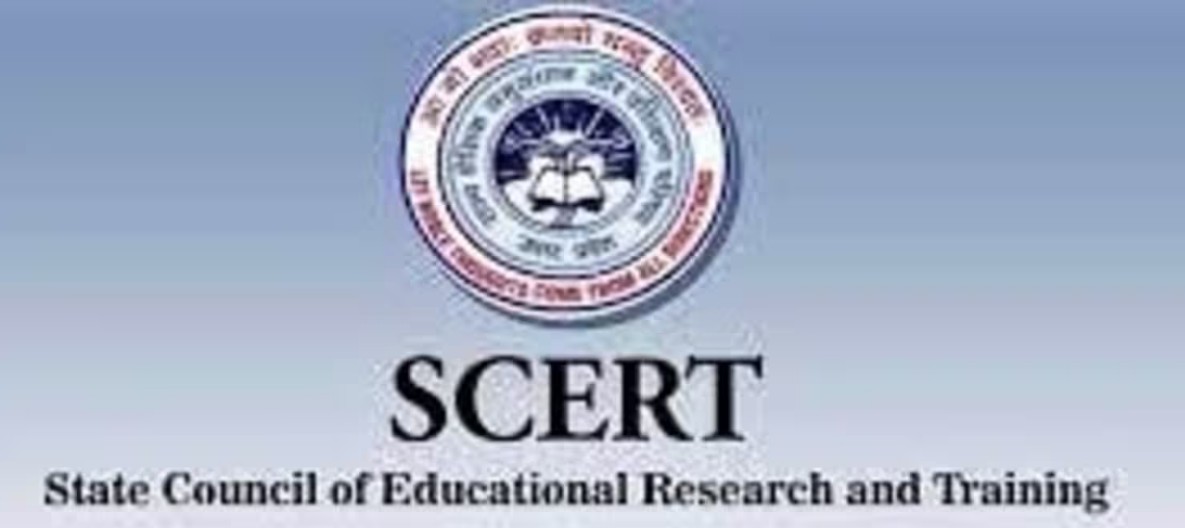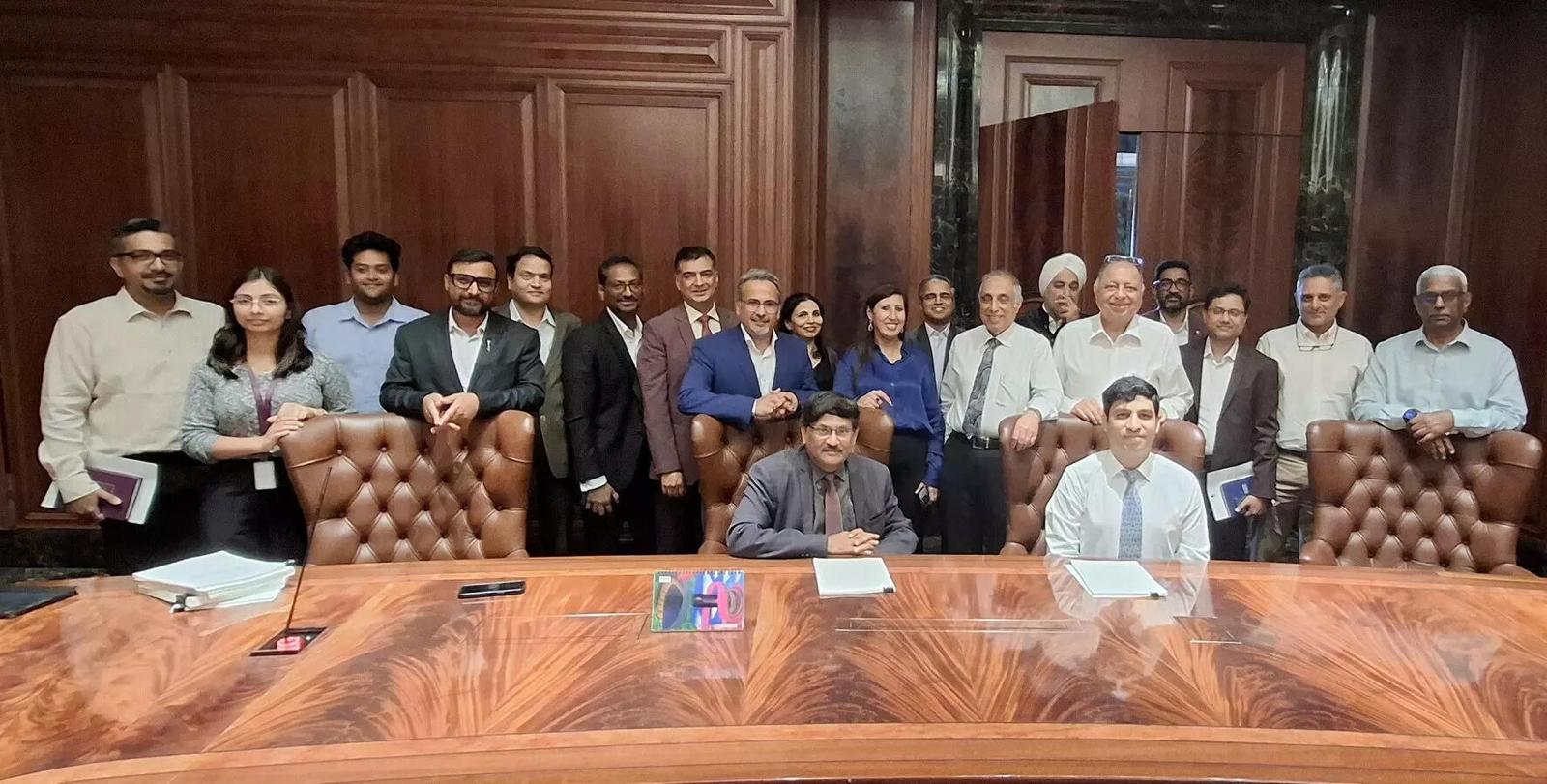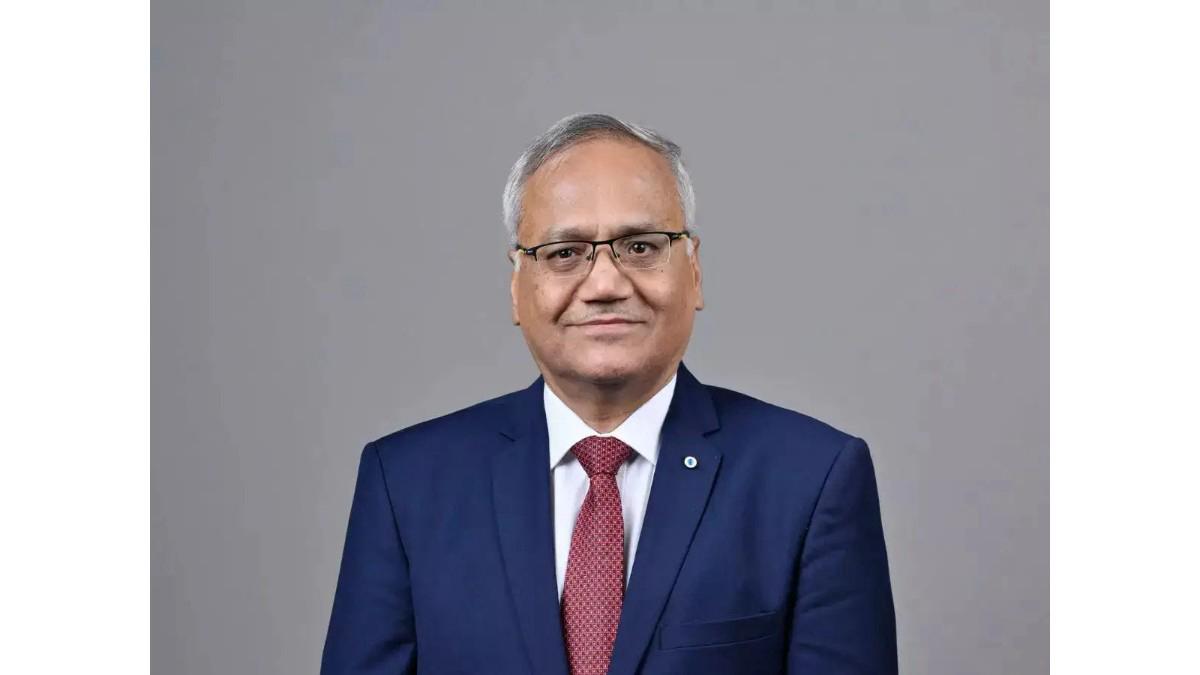 Image Source : Hindustan Times
Image Source : Hindustan Times
In a bold move to reshape the future of education, the Maharashtra State Council of Educational Research and Training (SCERT) has unveiled a draft curriculum for Classes 3 to 10 that places vocational education at its core. Released this week, the syllabus marks a significant shift from traditional academic models to a more skill-oriented, life-preparedness framework aligned with the National Education Policy (NEP) 2020.
Curriculum Overhaul: What’s Changing
- The new syllabus introduces vocational education as a standalone subject from Class 6 onward
- Students will be exposed to practical skills such as agriculture, poultry farming, gardening, carpentry, food processing, robotics, artificial intelligence, and tourism
- Optional subjects like Traffic Safety and Civil Defence will teach first aid, firefighting basics, road sign literacy, and disaster management drills
- The curriculum aims to instill individual responsibility and real-world readiness from an early age
- Traditional subjects like languages, mathematics, science, and social studies remain, but with updated content highlighting Indian academicians and contextual relevance
Key highlight: The syllabus reflects a paradigm shift—schooling is no longer just a pathway to higher education but a foundation for life skills and employability.
Hands-On Learning: Vocational Education in Action
- Pre-secondary students (Classes 6–8) will engage with trades, tools, and service-sector simulations
- As students progress, they will gain field experience through school-arranged visits or theoretical modules where visits aren’t feasible
- Teachers will undergo skill training to effectively deliver vocational content
- Entrepreneurial modules will include communication, self-management, and information literacy
Notable insight: The curriculum is designed to be inclusive and adaptable, ensuring that even schools with limited resources can participate meaningfully.
Structural Shift: The New Schooling Model
- The traditional 10+2 system will be replaced by the NEP’s 5+3+3+4 structure
- This model segments education into foundational, preparatory, middle, and secondary stages
- SCERT has aligned its syllabus with NCERT guidelines, ensuring national consistency with local contextualization
- New textbooks will be introduced in phases, tailored to regional needs and student diversity
Key takeaway: The phased rollout ensures smooth transition while maintaining educational equity across Maharashtra’s diverse schooling landscape.
Public Participation and Feedback Mechanism
- SCERT has invited feedback from educators, parents, scholars, and social organizations until August 27
- Suggestions must include subject, class, section, current content, proposed change, rationale, and suggested text
- Feedback can be submitted online or via post to SCERT’s Pune office
- A state-level steering committee, chaired by the School Education Minister, will oversee implementation
Highlight: This collaborative approach empowers stakeholders to shape the curriculum and ensures transparency in educational reform.
Conclusion
Maharashtra’s new syllabus draft is more than an academic update—it’s a cultural reset. By embedding vocational education into the heart of school life, SCERT is preparing students not just for exams, but for the challenges and opportunities of the real world. As the draft awaits final approval, the education community is abuzz with anticipation, hopeful that this shift will redefine learning for generations to come.
Sources: Mid-Day, Indian Express, Hindustan Times, Loksatta
Advertisement
Advertisement






